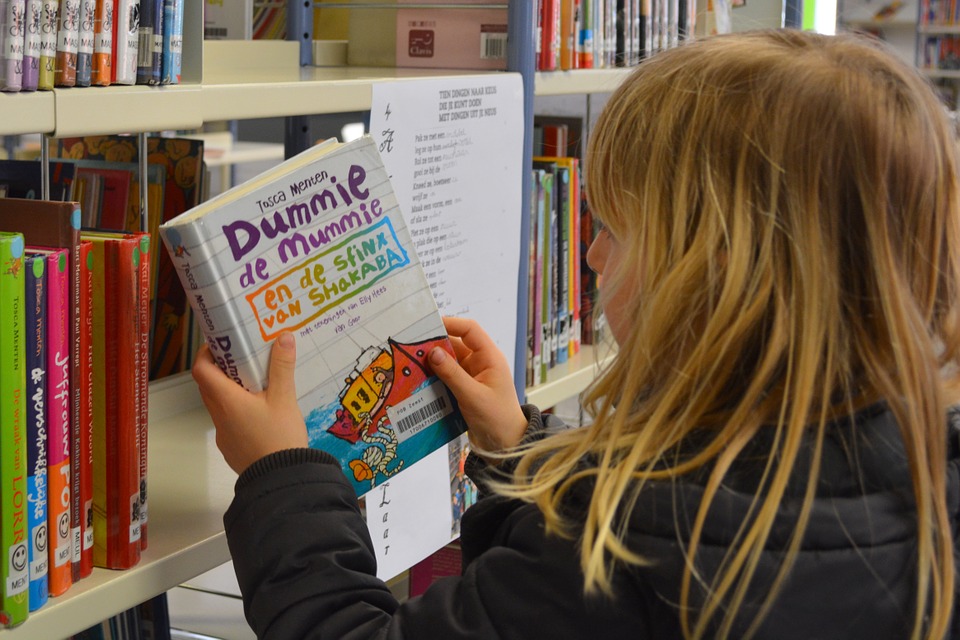
There are different types of dyslexia and the one talked about in this article is auditory processing disorder. The child has trouble with understanding what they are hearing. This is a problem when trying to read to a child. The article also goes onto talk about the experience from the kids’ point of view next. They say that reading can sometimes be like putting together a puzzle and before they can start to comprehend they have to understand the big and whole picture.
Different children learn in different ways.
There are a lot of ways that you can help someone with dyslexia. The article says that you should be open and talk about the problems that they are having. Staying positive is very important to remember. You can help them to pick out stories that they will like by explaining the genres to them. Also books that have vivid imagery written into the story will be easier for a dyslexic person to stay focused on.
Key Takeaways:
https://www.theguardian.com/lifeandstyle/2017/feb/04/ways-help-child-thrive-dyslexia-reading-genre
“Is your child having difficulty with reading or other academics?” “Wondering if it’s dyslexia?” Use our free dyslexia test to get answers. Simply answer a few easy questions and find out now
You can get this analysis for free by filling out this simple form. This will help you get to the bottom of a learning difficulty and provide you with a solution. If you are ready to put this problem behind you click the button below and fill out the form.










